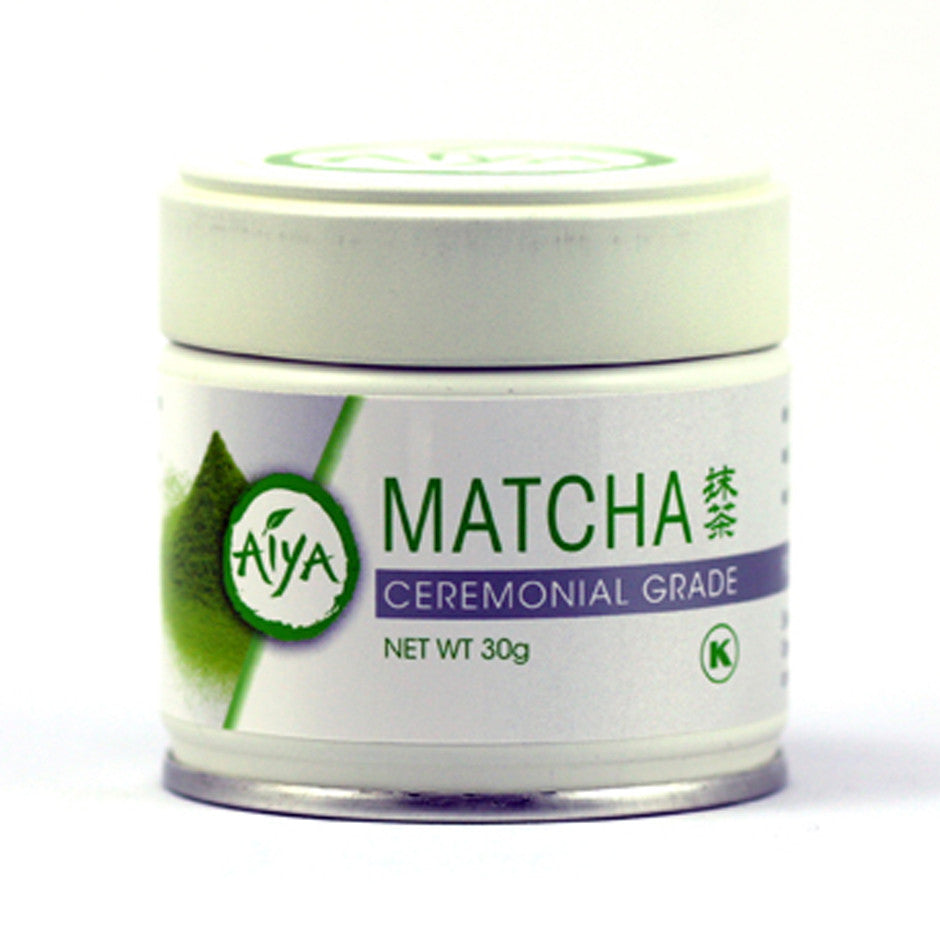
If you’re intrigued by Kettl but want to start with something cheaper, Kader Meroni, co-founder of Atlas Tea Club, says its Soukou Matcha is a “fantastic one that won’t break the bank.” Kettl itself says this particular variety offers “much more than most starter matchas,” working just as well whisked straight into hot water or blended with milk. This variety, which Kettl describes as having a “rich, heady fragrance and lingering sweetness,” is just one of many to browse. The company packages in Japan, too, allowing for the highest-quality powder to be sold in the U.S.

And every master that blends for Kettl has secrets and techniques to how they prepare their product.” Indeed, Kettl has close relationships with growers, understanding the intricacies of what they do and buying tea directly from them on a weekly basis. Powders from the Fukuoka region might be really floral, while powders from the Uji region - the birthplace of matcha - might have more umami. “When you get to that level, you’re really just comparing tasting notes. If you’re already an avid matcha drinker and want to expand the types in your pantry, Puyane recommends the higher-end teas from Kettl, which makes “matcha for the matcha connoisseurs,” she says. Grade: Ceremonial | Flavor profile: Ambrosial, umami, concentrated sweetness Remy Morimoto Park, creator of the wellness blog Veggiekins (and an avid matcha drinker and reviewer), says that Ippodo is a longtime favorite, “because they have the most extensive variety - from powders that are rich and deep with umami to ones that are lighter and grassier.” The price points vary, she says, but she had been pleased with every type she has tried. If you’re just getting into matcha, he says the most popular variety from Ippodo among his beginner, “non-tea-loving friends” is Sayaka, which he describes as “balanced with just a touch of bitterness and medium body.” He likes using Ummon for cooking, finding its “forward flavors” with “more umami and astringency” perfect for foods and desserts. Justin Iso, a confectionery chef and avid matcha drinker since childhood, is a fan of Ippodo and notes the company’s long history, which dates back to the 1700s, and the consistent quality of its product. Her go-to is “earthy, creamy” Ippodo Ummon Matcha, which she drinks plain, preparing it “the way my obaachan taught me: with the whisk ( chasen) and little matcha bowl ( chawan).” Although if she’s in a rush, she’ll use “one of those vibrating milk frothers to blend the powder and really get the foamy, airy texture.” Karina Hoshikawa, beauty and wellness writer at Refinery29, told my colleague a while back that Kyoto-based Ippodo makes “the best matcha I’ve ever had.” When I checked back in recently, she told me she’s still loving it. Grade: Ceremonial | Flavor profile: Earthy, creamy, umami, robust


To make your search even easier, we talked with many experienced matcha drinkers and bakers about their favorites. One way to ensure you’re setting yourself up for success either way is by looking for brands that import tea from Japan because the processing there is generally more consistent than in other places. When we went on the hunt to find the best ones, nearly all of the experts we consulted warned us that products can vary in flavor and bitterness due to rushed or irregular tea-leaf handling. (The overall technique of drying, pulverizing, then mixing whole tea leaves into water to drink dates back even earlier, to tenth-century China.) Today, even with their proliferation in countless shops and grocery stores, matcha powders are not necessarily made equal. It all starts with creating the powder, an ancient process that dates back to 12th-century Japan.

Making matcha - green tea that you fully incorporate, instead of steep, into water - can be a finicky practice.


 0 kommentar(er)
0 kommentar(er)
